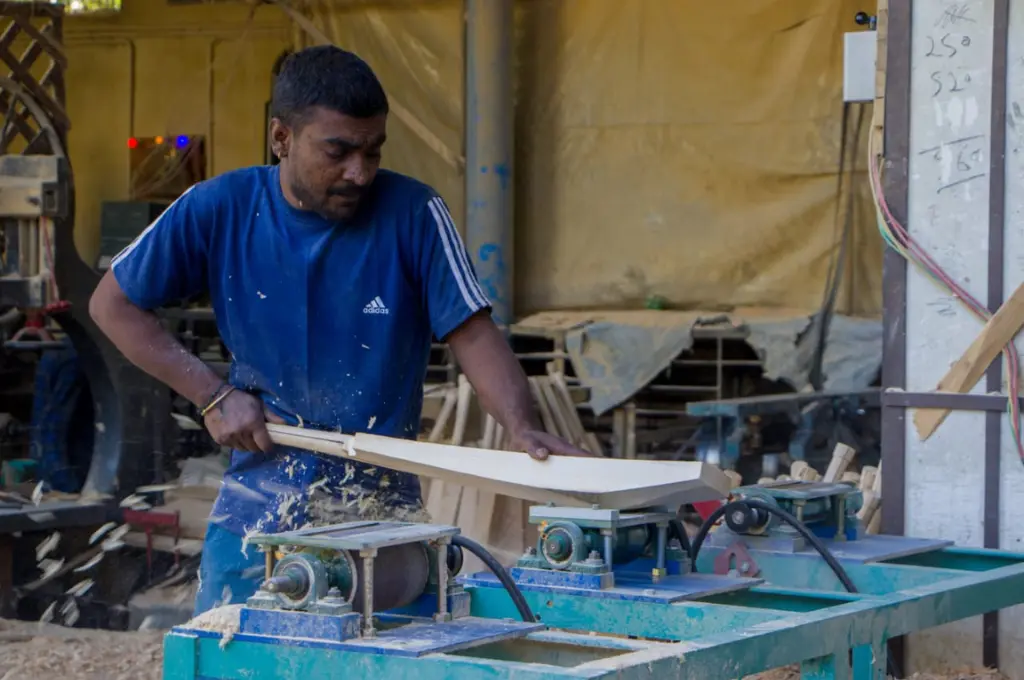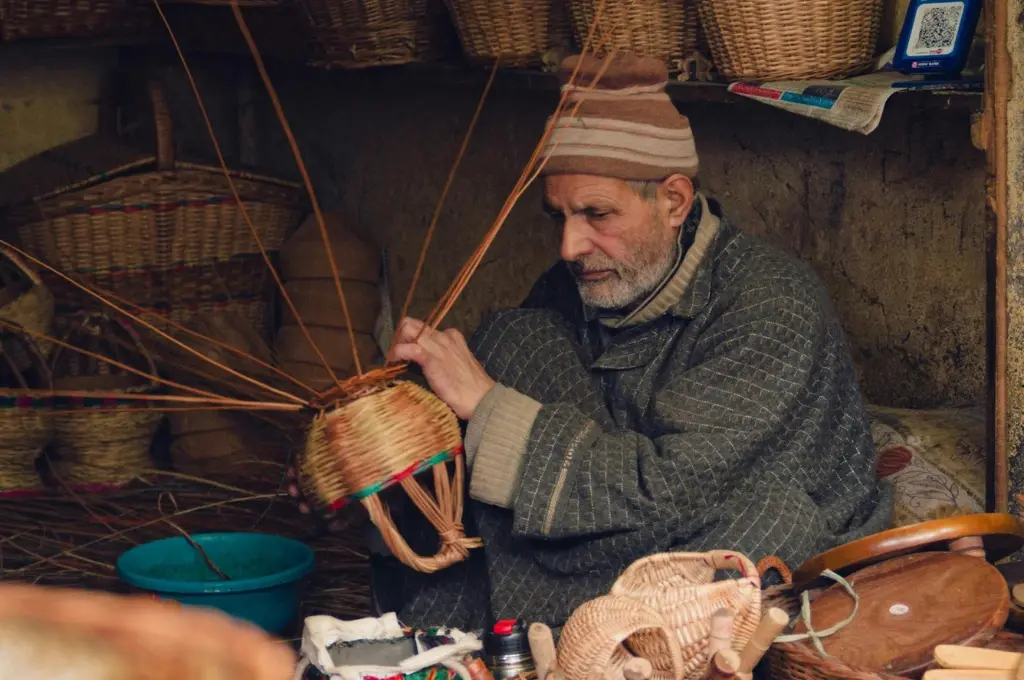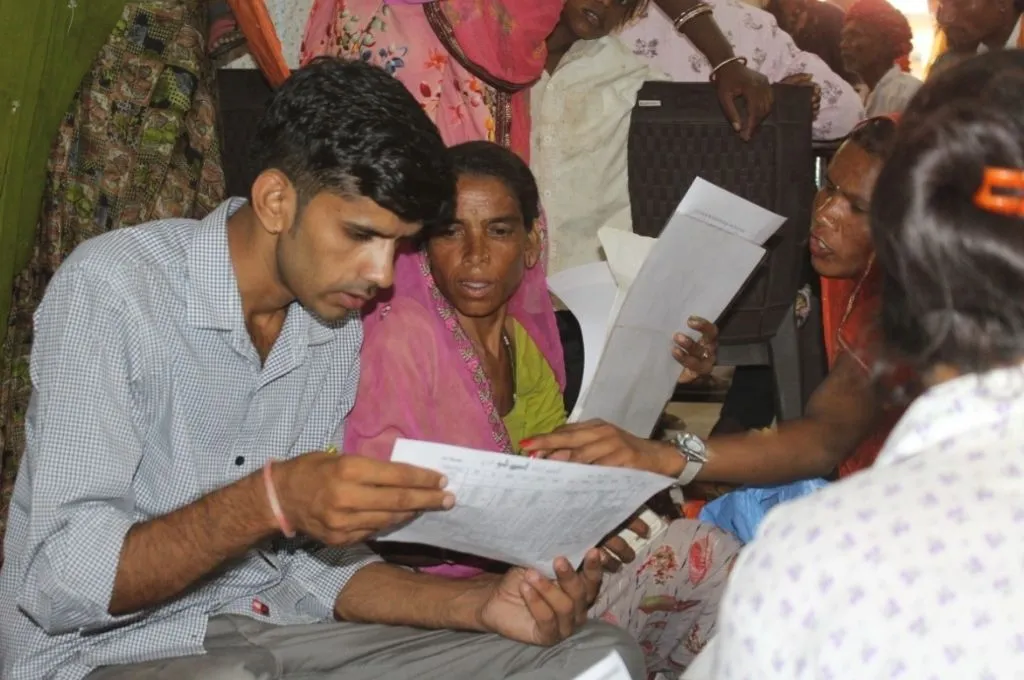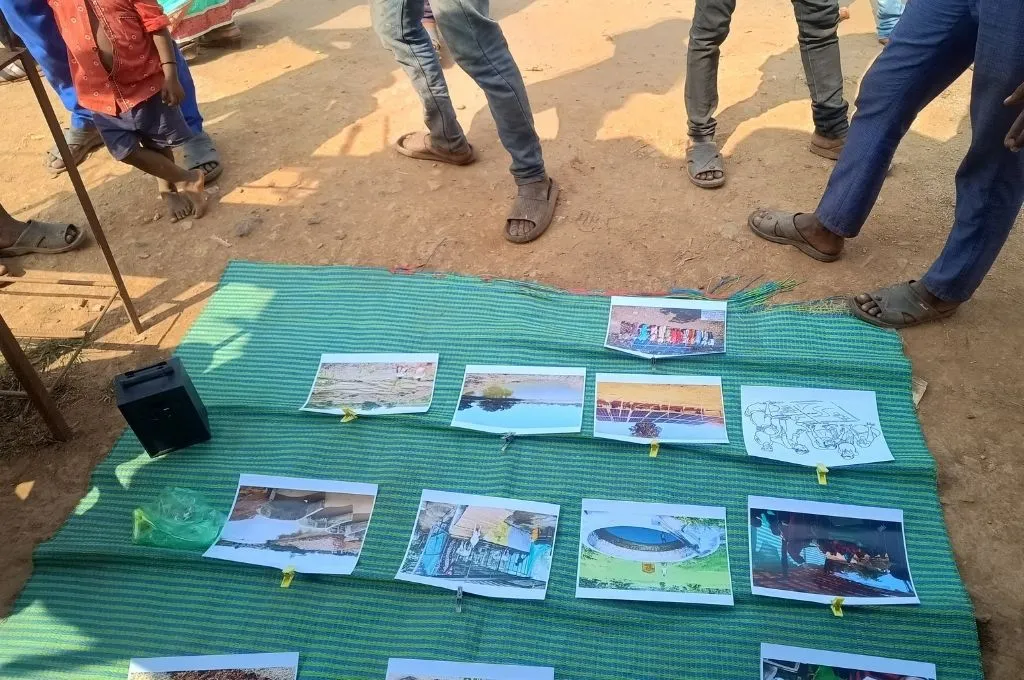READ THIS ARTICLE IN
Batting for survival: Kashmir’s bat industry faces a crisis

For over a century, Anantnag district in the Kashmir valley has been producing cricket bats from indigenous Kashmir willow. However, these bats remained absent from the international stage for decades, as they did not meet professional standards—a result of the bat manufacturers’ lack of expertise. This changed when international cricketers used them in the 2021 and 2022 T20 World Cups, which boosted their global demand. Today, the industry, which supports approximately 1.5 lakh Kashmiris directly or indirectly, is struggling to keep up with demand, leading to a shortage of Kashmir-made bats.
How did this happen? Fawaz ul Kabir, owner of Gr8 Sports, recounts, “In 2008, I took samples of our bats to cricket-playing nations and realised that our products lacked the balance, stroke, and sweet spot required for professional use. It then took me 11 years of research to understand what goes into making a professional cricket bat.”
There are only two types of willow suitable for cricket bats: English willow and Kashmir willow. Fawaz admits that making professional-grade cricket bats from Kashmir willow was a Herculean task. “It seemed impossible, but with persistence and dedication, we finally developed bats that met international standards. Yet, this success comes with a significant caveat—the industry is on the brink of collapse.”
For decades, the industry thrived on cutting down willow trees without a sustainable reforestation strategy. Today, the demand for willow far exceeds the supply. “We failed to plant trees in proportion to our needs. We need approximately 70,000 trees annually to meet current demands, which may rise to 1 lakh in the coming years. However, there’s a 70 percent deficit in raw material supply. If this continues, the industry could be ruined within the next five years,” warns Fawaz. He mentions that a decade ago, Kashmir produced 2.5 lakh cricket bats annually. However, this figure has since increased to 30 lakh bats, marking a fifteenfold increase in ten years.
Mohd Rizwan has been working in a bat manufacturing factory for the last eight years. He started as a helper and, through sustained training, honed his bat-making skills. He believes that while the younger generation is witnessing the flourishing of the cricket bat manufacturing industry, there is no sustainable future. “We keep cutting down willow trees, yet we aren’t planting a single one in return. It takes about 20 years for a willow tree to mature, which means the next generation will face a severe shortage if we don’t take action now.”
Given the current scenario, Fawaz discourages young entrepreneurs from considering cricket bat manufacturing as a viable career. “Unless the government takes serious steps to ensure sustainable willow cultivation, the future of this industry is grim. The raw material is on the verge of extinction, and without it, the craft will die.”
Kaisar Ali is a journalist based in Jammu and Kashmir, and is part of the Azadi Leadership Program.
Know more: Learn about how firewood use is changing in Kashmir.
Do more: Connect with the author at bhatkaisar89@gmail.com to learn more about and support his work.



